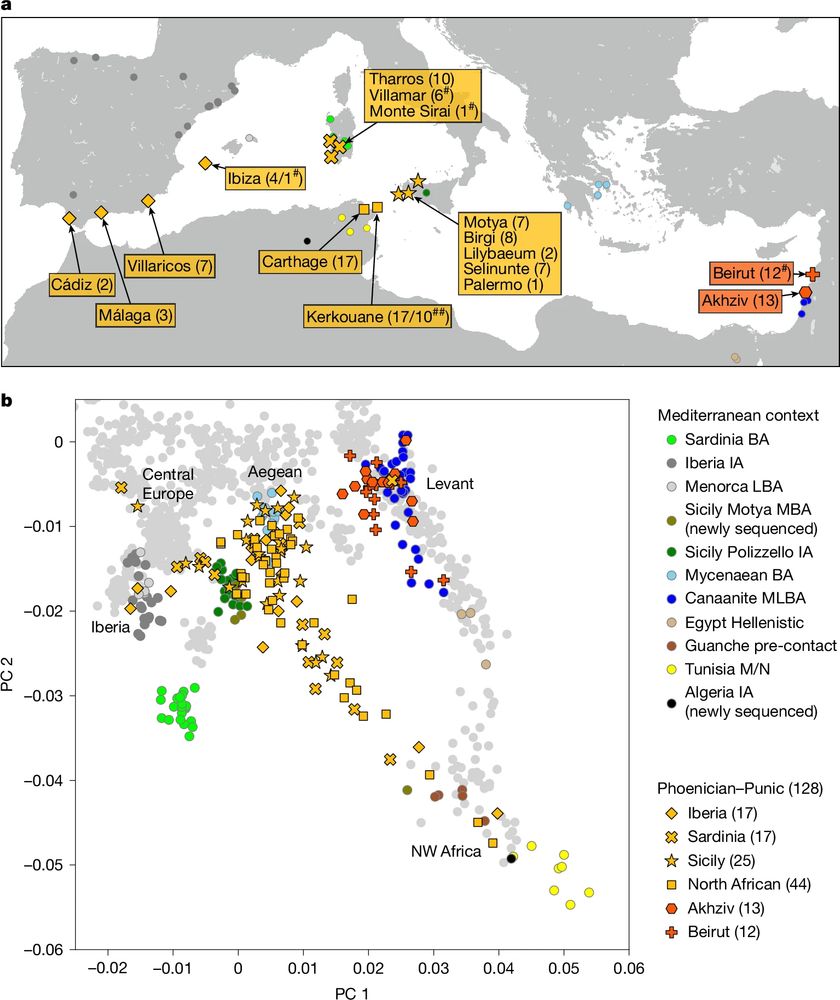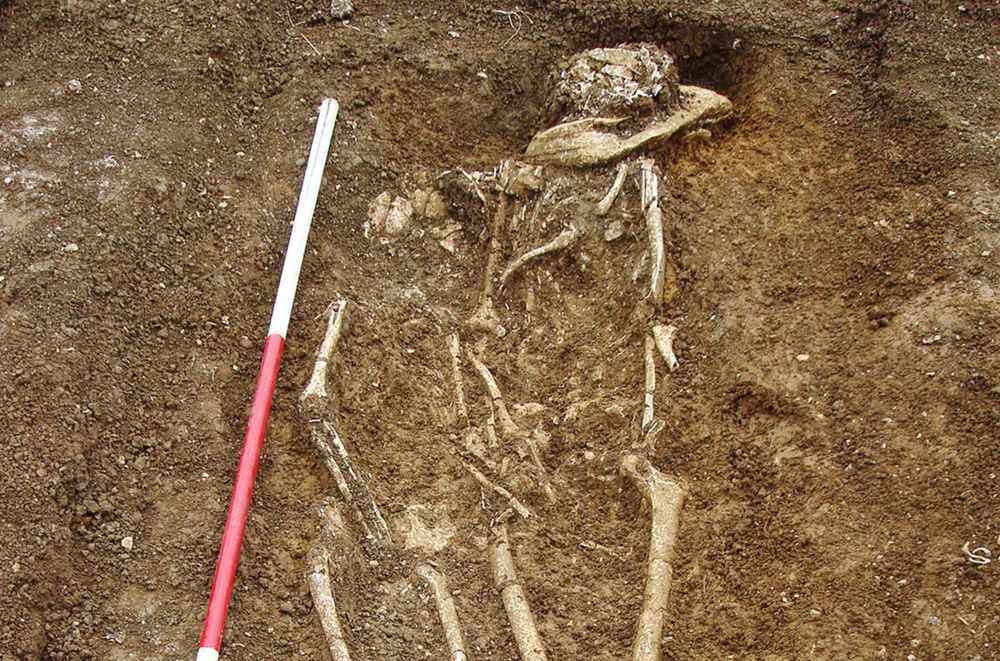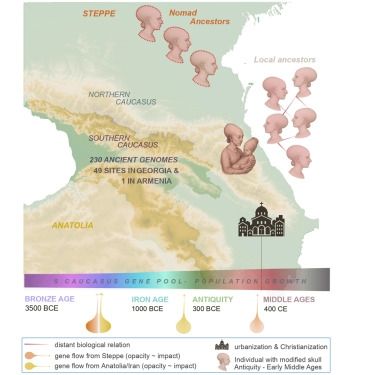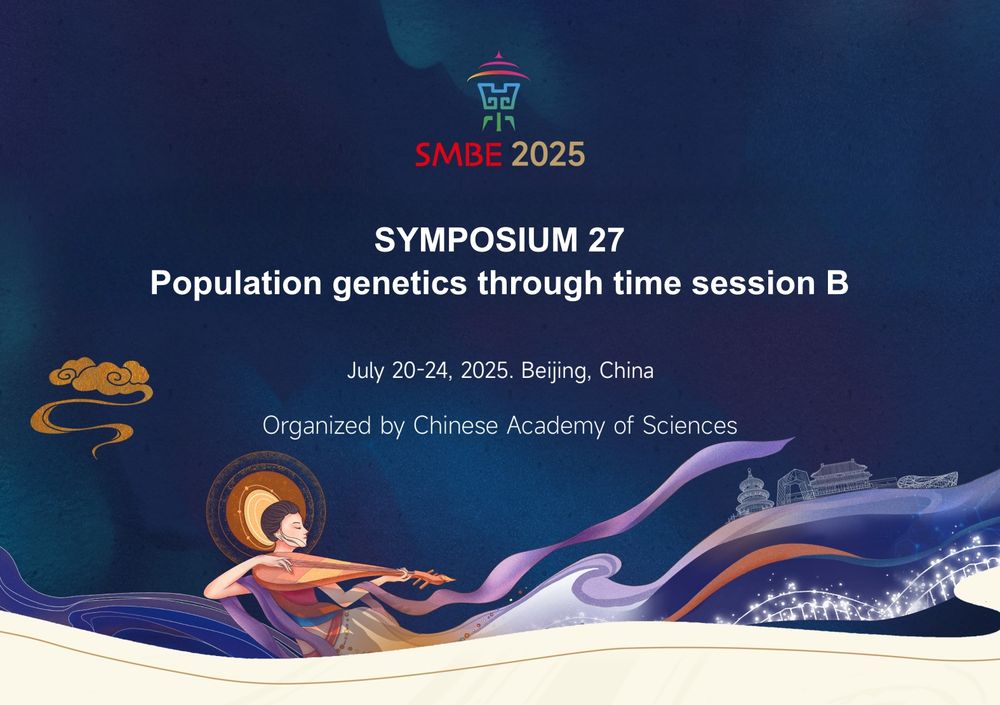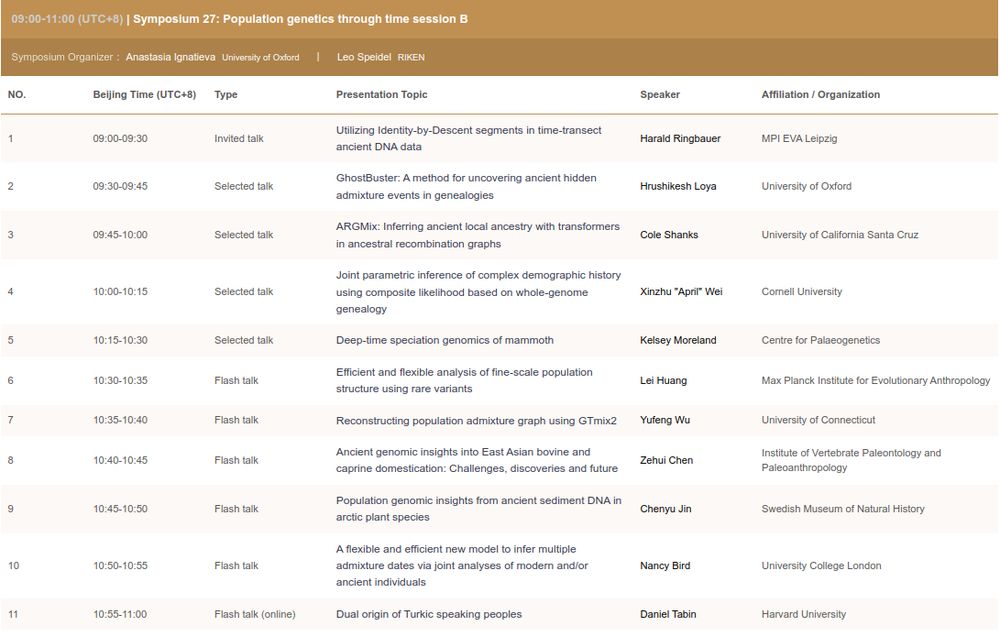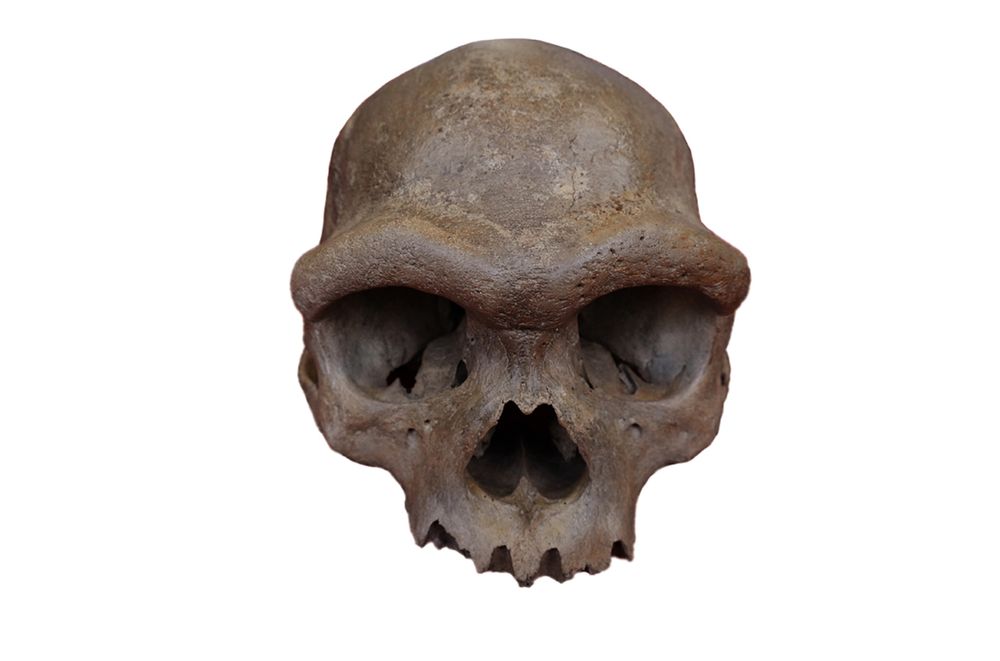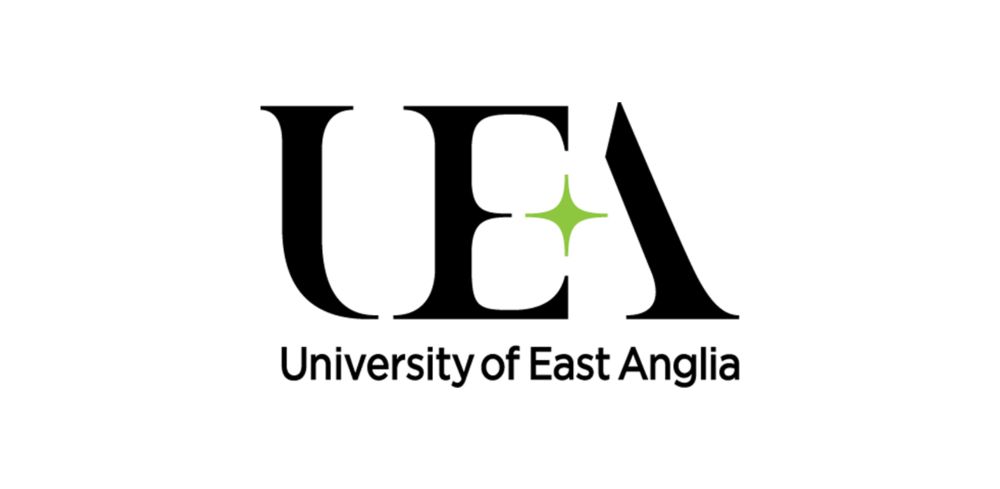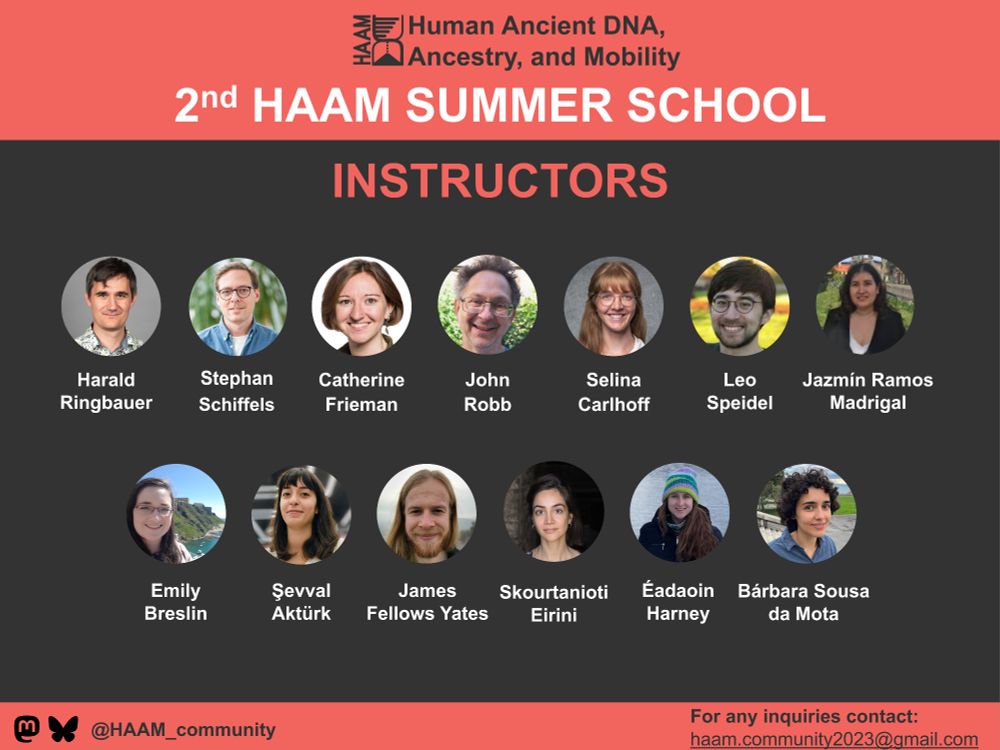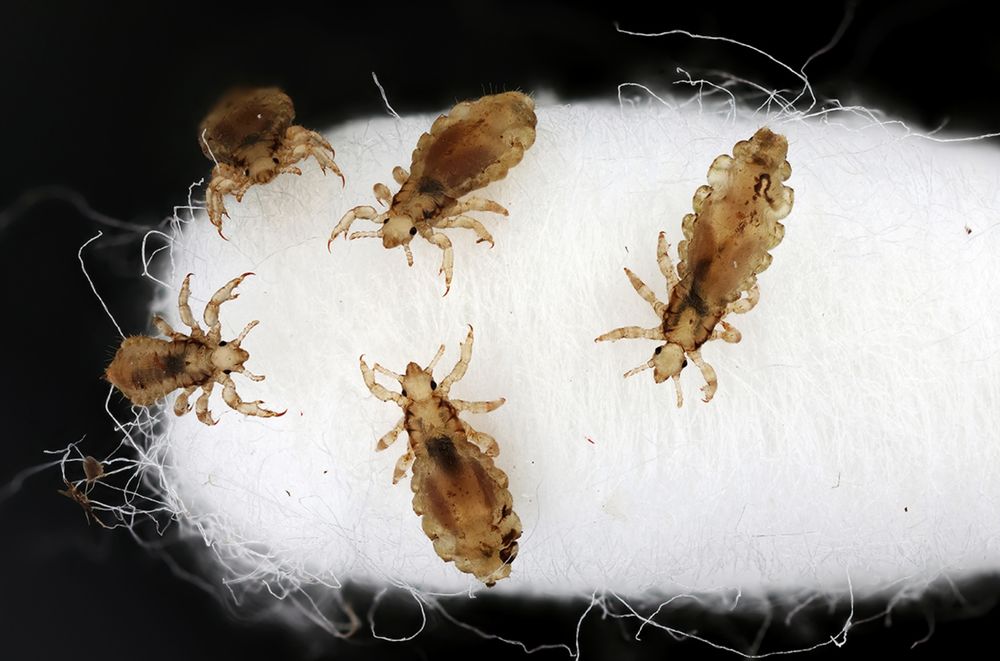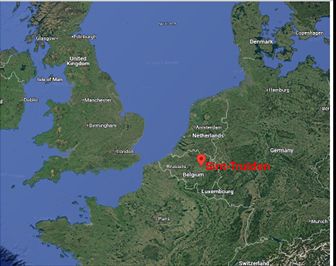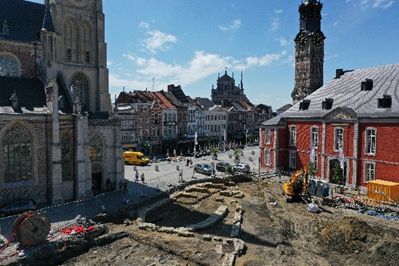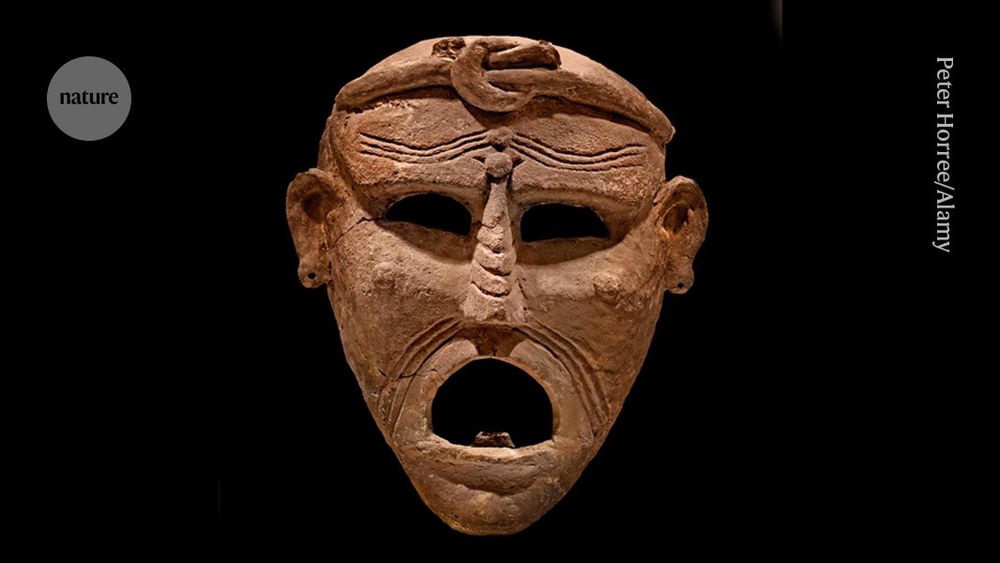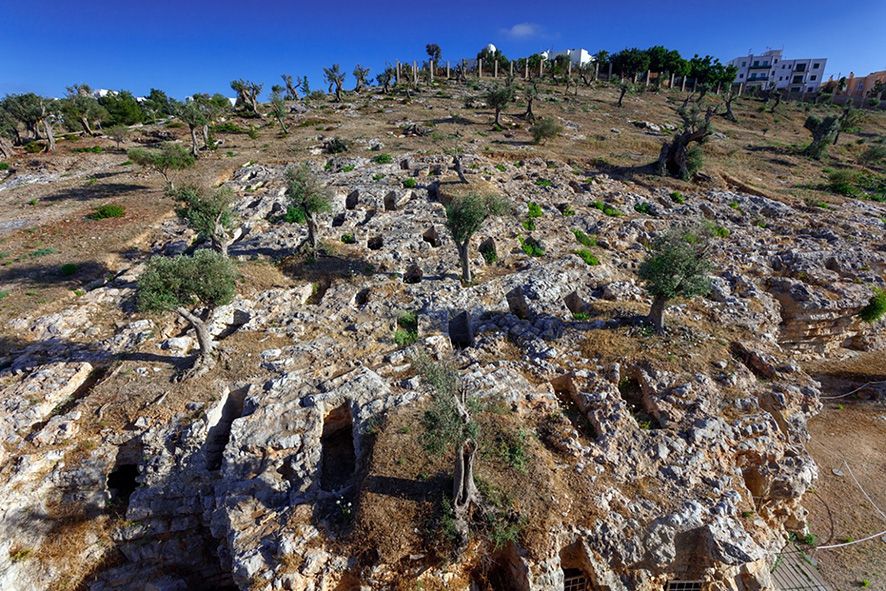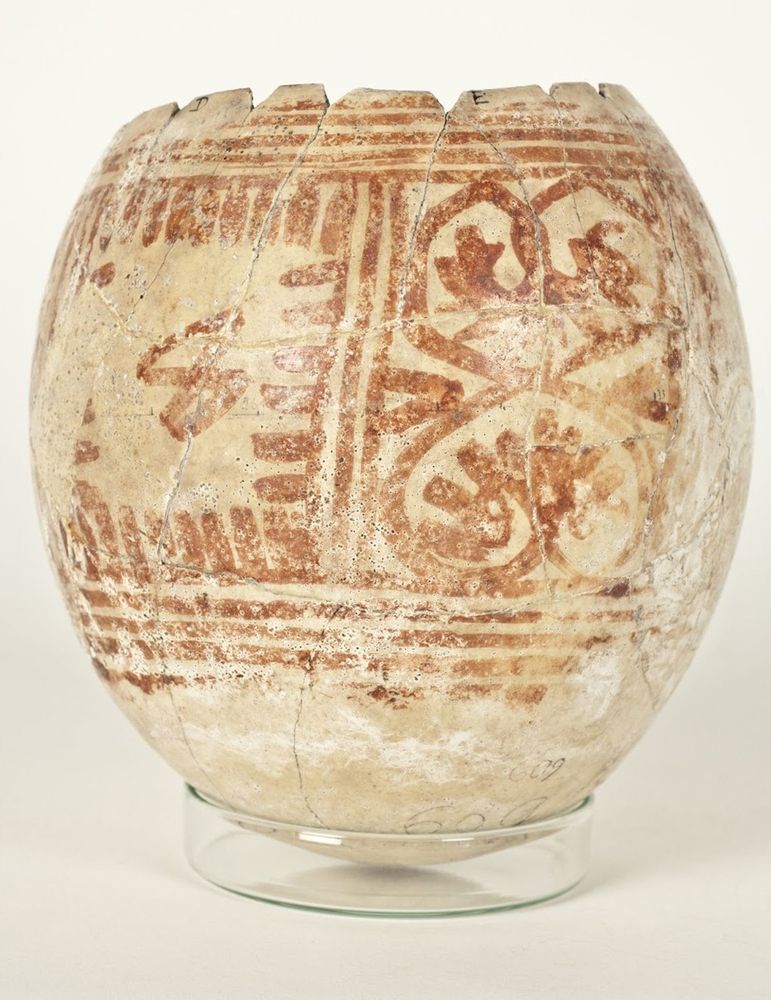Harald Ringbauer
@hringbauer.bsky.social
810 followers
530 following
59 posts
Population Geneticist | Ancient DNA
Research Group Leader at MPI-EVA Leipzig
www.hringbauer.com
Posts
Media
Videos
Starter Packs
Pinned
Reposted by Harald Ringbauer
Aida Andres
@aidaandres.bsky.social
· Sep 10
Reposted by Harald Ringbauer
Reposted by Harald Ringbauer
Reposted by Harald Ringbauer
Reposted by Harald Ringbauer
Ewan Birney
@ewanbirney.bsky.social
· Jun 4

Population-scale inheritance analysis of 858,635 individuals reveals North Sea migration from the Middle Ages to the Industrial Revolution
The North Sea's historical migrations have impacted the genetic structure of its neighbouring populations. We analysed haplotype sharing among 858,635 modern individuals from Denmark and Britain to in...
www.biorxiv.org
Reposted by Harald Ringbauer
Molly Przeworski
@mollyprz.bsky.social
· May 23
Reposted by Harald Ringbauer
Harald Ringbauer
@hringbauer.bsky.social
· Apr 24
Harald Ringbauer
@hringbauer.bsky.social
· Apr 24
Harald Ringbauer
@hringbauer.bsky.social
· Apr 24
Harald Ringbauer
@hringbauer.bsky.social
· Apr 23
Reposted by Harald Ringbauer


